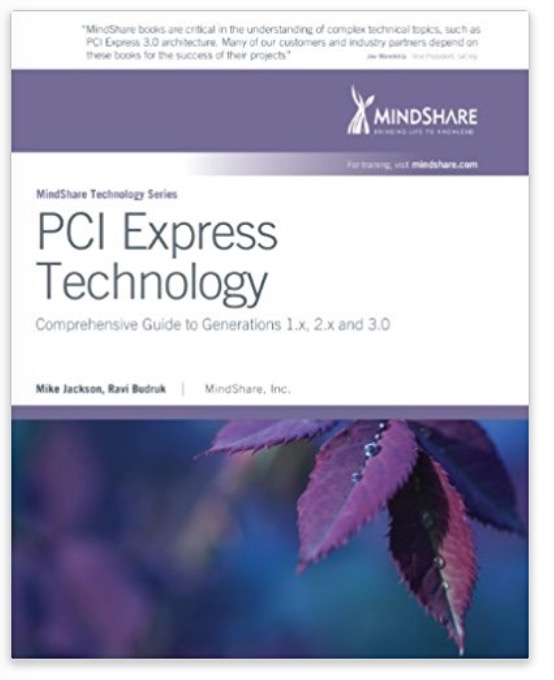Recent Posts
PCIe Mini Board With One Or Two Galvanically Isolated CAN Bus Ports
Posted by on
 Laike, located in Nanjing (China), has introduced their LCminiPCIe-431/432 product. It provides up to two CAN ports supporting the full ISO 11898 Standard.
Laike, located in Nanjing (China), has introduced their LCminiPCIe-431/432 product. It provides up to two CAN ports supporting the full ISO 11898 Standard.
Founded in 2008, Laike is a provider of hardware, software, and services for the mobile and industrial communication sector with emphasis on Classical CAN Bus and CAN FD products. The LCminiPCIe-431/432 board enables the connection of embedded PCs and laptops with PCI Express Mini slots to CAN Bus networks. The CAN ports provide a galvanic isolation of up to 2500 V between host computer and the network. The product is available in single- or dual-channel versions.
The board embeds a 16-MHz Cortex-M3 micro-controller with on-chip CAN controllers compatible with NXP’s SJA1000 stand-alone controller. The product is equipped with ADM3053 CAN transceivers from Analog Devices. The 120-Ω termination resistors can be switched-off. The pin-assignment of the 9-pin Dsub connectors complies with CiA 303-1.
The Chinese supplier provides low-level driver software for Intime, Linux, QNX, Ubuntu, Vxworks, and Windows operating systems. In addition, the LCAN-Basic programming environment is available, which includes the LCAN monitor running under Windows.
Features
- CAN interface for the PCI Express Mini slot
- Bit rates from 5 kbit/s up to 1 Mbit/s
- 1 or 2 High-speed CAN channels (ISO 11898-2)
- Compliant with CAN specifications 2.0A (11-bit ID) and 2.0B (29-bit ID)
- CAN bus connection via connection cable and D-Sub Board, 9-pin (in accordance with CiA® 303-1)
- Galvanic isolation on the CAN connection up to 2500 V, separate for each CAN channel
- Cortex™-M3 CPU integrates CAN controller, compatible NXP SJA1000,16 MHz clock frequency
- ADI ADM3053 CAN transceiver
- Extended operating temperature range from -40 to 85 °C (-40 to 185 °F)
- Device drivers and Programming interface for Windows, Linux, Vxworks 6.8, QNX, Ubuntu and INTime
- Programming interface LCAN-Basic for developing applications with CAN connection
- CAN monitor LCANTest for Windows®
PCI Express 3.0 is the latest generation of the popular peripheral interface found in virtually every PC, server, and industrial computer. Its high bandwidth, low latency, and cost-to-performance ratio make it a natural choice for many peripheral devices today. Each new generation of PCI Express adds more features, capabilities and bandwidth, which maintains its popularity as a device interconnect.
MindShare's books take the hard work out of deciphering the specs, and this one follows that tradition. MindShare's PCI Express Technology book provides a thorough description of the interface with numerous practical examples that illustrate the concepts.
Written in a tutorial style, this book is ideal for anyone new to PCI Express. At the same time, its thorough coverage of the details makes it an essential resource for seasoned veterans.
Essential topics covered include:
- PCI Express Origins
- Configuration Space and Access Methods
- Enumeration Process
- Packet Types and Fields
- Transaction Ordering
- Traffic Classes, Virtual Channels and Arbitration (QoS)
- Flow Control
- ACK/NAK Protocol
- Logical PHY (8b/10b, 128b/130b, Scrambling)
- Electrical PHY
- Link Training and Initialization
- Interrupt Delivery (Legacy, MSI, MSI-X)
- Error Detection and Reporting
- Power Management (for both software and hardware)
- 2.0 and 2.1 Features (such as 5.0GT/s, TLP Hints, and Multi-Casting)
- 3.0 Features (such as 8.0GT/s, and a new encoding scheme)
- Considerations for High Speed Signaling (such as Equalization)
 Loading... Please wait...
Loading... Please wait...

